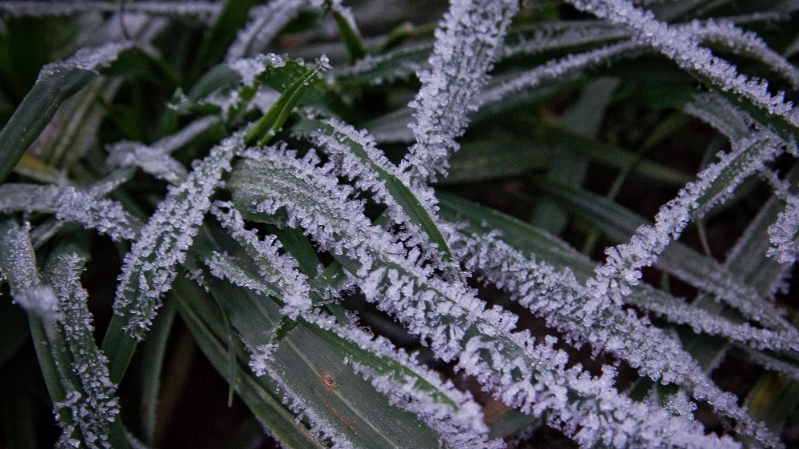News from the fields: Winter crops situation is under control of the Ministry of Agriculture and Food of the Republic of Tatarstan

According to the latest information on the progress of agricultural work for April 22, the harrowing in the republic was performed on an area of 1091.8 thousand hectares (12 thousand hectares in 2018), of which winter harvested - 115.6 thousand hectares (0.1 thousand hectares in 2018), perennial grasses - 258.9 thousand hectares (10.8 thousand hectares in 2018), zyabi and a couple - 717.3 thousand hectares (1.1 thousand hectares in 2018).
The Ministry of Agriculture and Food of the Republic of Tatarstan recommends agricultural producers to complete the closure of moisture during this week. Tukaevsky and Yutazinsky districts were the first to complete the work on harrowing. Aktanyshsky, Alekseevsky, Bavlinsky, Zainsky, Tetyushsky districts completed the harrowing of perennial grasses, at the Aksubayevsky, Alkeyevsky, Leninogorsky and Nurlatsky areas it is almost done.
The indicators for 2018 are ahead of winter and perennial grass feeding, a total area is 573 thousand hectares (159 thousand hectares in 2018), 353 thousand hectares of which (101.6 thousand hectares in 2018) are winter crops and 220 , 7 thousand hectares (57.5 thousand hectares in 2018) - perennial grasses. Fully completed is spring dressing in Zainsky and Yutazinsky district. Alkeyevsky, Mendeleevsky, Sarmanovsky, Tukayevsky and Yutazinsky districts fulfilled the plan for feeding winter crops, and Aktanyshsky, Alekseevsky, Bavlinsky, Nurlatsky - for perennial grasses.
The northern spring was made on an area of 70.2 thousand hectares, of which cereals - 56.6 thousand hectares, sugar beet - 3 thousand hectares, rape - 0.7 thousand hectares; the rest is occupied by other cultures. Sowing in Tatarstan started in 25 districts. Spring sowing is planned to be done on an area of 1742 thousand hectares.
At the special control of the Ministry of Agriculture and Food of the Republic of Tatarstan, the situation associated with the partial death of winter crops. Due to high daytime temperatures, an early process of growing plants began with an intensive growth of green mass. However, negative nighttime temperatures and frost on the soil had an adverse effect.
“This week the Ministry plans to conduct a survey of fields planted with winter crops in all regions of the country. Experts study the situation. According to the results of the monitoring, a decision will be made to introduce or reject the introduction of an emergency situation regime, ”the Deputy Prime Minister of the Republic of Tatarstan - Minister of Agriculture and Food of the Republic of Tatarstan Marat Akhmetov noted at the operational meeting on April 22.
For reference:
Harrowing of the soil in the spring is carried out to close the moisture. At the same time, the surface of arable land is leveled, the surface layer of soil is loosened to a small state, as a result less water evaporates from it. In this case, the compacted upper layer is destroyed, capillaries are interrupted between the water-rich lower and the upper layer. The loose soil layer warms up and ventilates better, microbiological processes are actively taking place in it, and nutrients are likely to accumulate.
The quality of harrowing depends on the timing of its implementation. The delay leads to large losses of moisture, the formation of soil crust and lumpy surface of arable land.